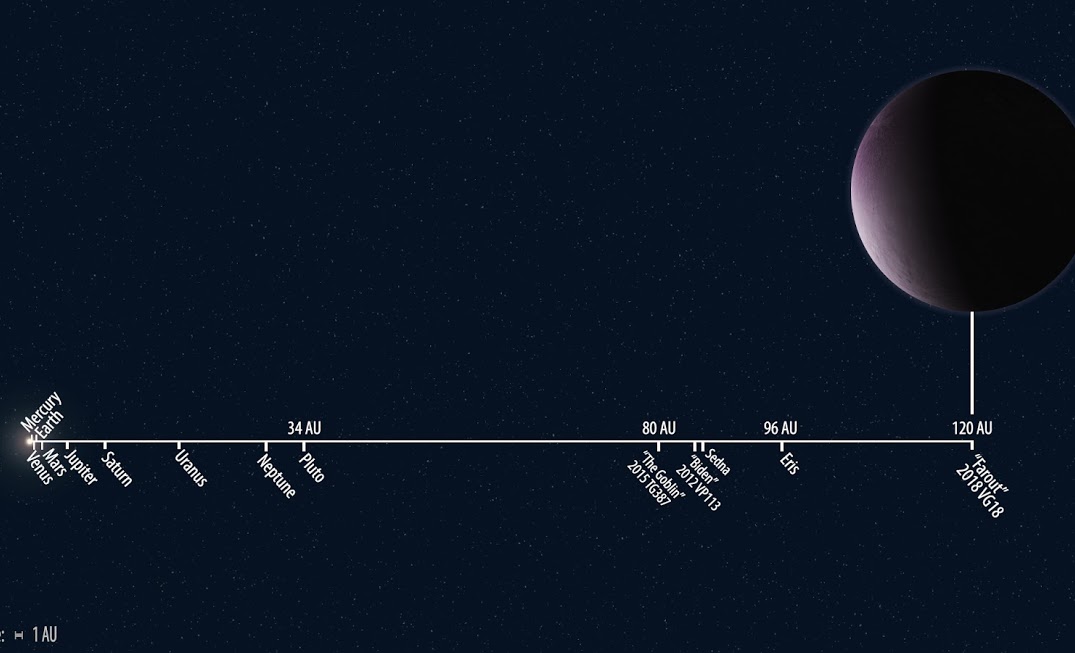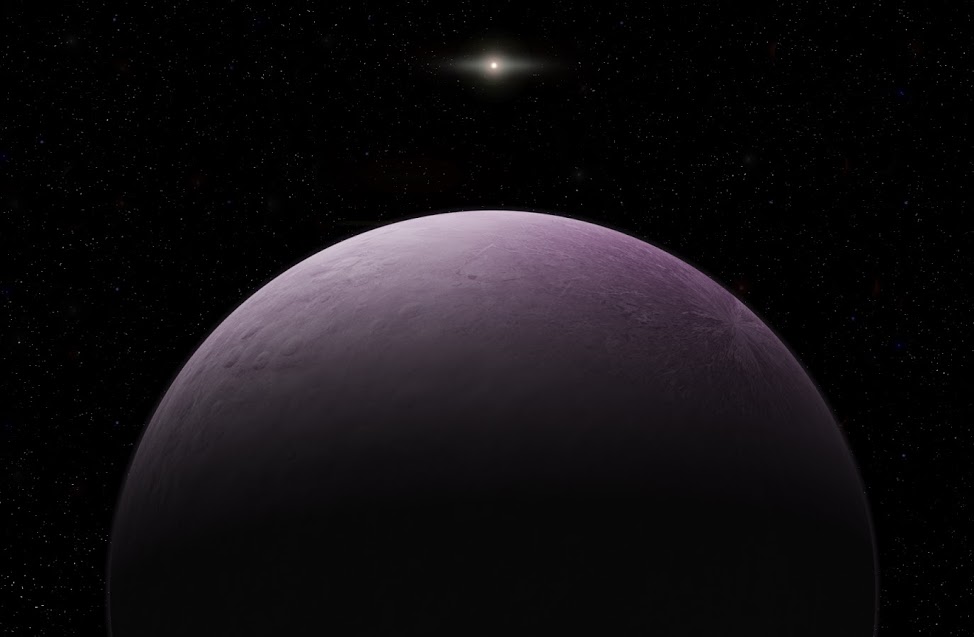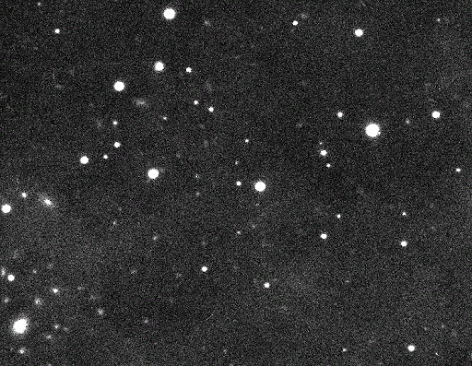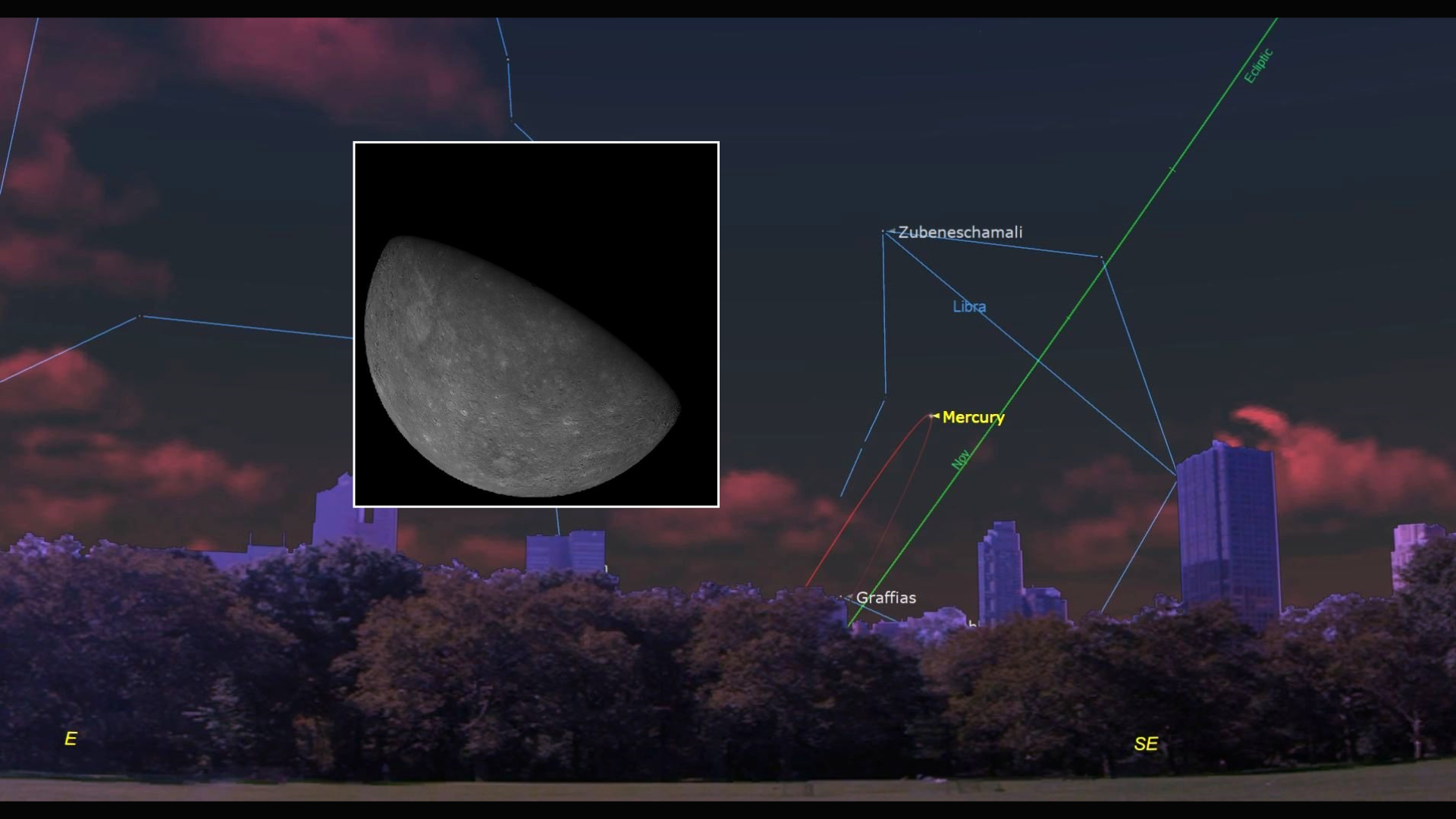'Farout!' Newfound Object Is the Farthest Solar System Body Ever Spotted
A newly discovered object is the most-distant body ever observed in the solar system — and the first object ever found orbiting at more than 100 times the distance from Earth to the sun.
The discovery team nicknamed the object "Farout," and its provisional designation from the International Astronomical Union is 2018 VG18. Preliminary research suggests it's a round, pinkish dwarf planet. The same team spotted a faraway dwarf planet nicknamed "The Goblin" in October.
"All that we currently know about 2018 VG18 is its extreme distance from the sun, its approximate diameter, and its color," David Tholen, a researcher at the University of Hawaii and part of the discovery team, said in a statement. "Because 2018 VG18 is so distant, it orbits very slowly, likely taking more than 1,000 years to take one trip around the Sun." [The Evidence for 'Planet Nine' in Our Solar System (Gallery)]
Farout is 120 astronomical units (AU) from the sun — one AU is the distance between Earth and the sun, which is about 93 million miles (150 million kilometers). The object is more than 3.5 times the current distance between Pluto and the sun (34 AU), and it outpaces the previous farthest-known solar system object, the dwarf planet Eris, which is currently about 96 AU from the sun. NASA's Voyager 2 spacecraft recently entered interstellar space at about 120 AU, leaving the sun's "sphere of influence" called the heliopause, where bodies experience the solar wind.
To be clear: The record Farout now holds is for the most-distant solar system body ever observed. That doesn't mean no other objects get farther away from the sun than 120 AU. In fact, we know some that do. The dwarf planet Sedna gets more than 900 AU away on its highly elliptical orbit, for example, and there are probably trillions of comets in the Oort Cloud, which lies between about 5,000 AU and 100,000 AU from the sun.
Farout was first spotted using the Subaru 8-meter telescope in Hawaii in November, and then a follow-up measurement in early December by the Magellan telescope in Chile confirmed its existence. According to those observations, the object is likely about 500 km across, which would mean it's spherical and a dwarf planet. Its pinkish color suggests it's an ice-rich body, according to the statement.
The research team is scoping out these ultradistant objects to search for the gravitational influence of a theorized super-Earth-size Planet Nine, also called Planet X, that researchers have posited orbits in the extreme reaches of the solar system. The movements of several distant bodies have suggested the existence of this planet, which would be extremely faint and hard to locate.
Breaking space news, the latest updates on rocket launches, skywatching events and more!
"2018 VG18 is much more distant and slower moving than any other observed solar system object, so it will take a few years to fully determine its orbit," Scott Sheppard, a researcher at the Carnegie Institution for Science in Washington, D.C., and member of the discovery team, said in the statement. "But it was found in a similar location on the sky to the other known extreme solar system objects, suggesting it might have the same type of orbit that most of them do. The orbital similarities shown by many of the known small, distant solar system bodies was the catalyst for our original assertion that there is a distant, massive planet at several hundred AU shepherding these smaller objects."
Because the proposed Planet 9 is so distant — between hundreds and thousands of AU, researchers told Space.com, the planet can alter the orbits of objects far too distant to be strongly influenced by the inner solar-system planets. That means that looking for trends in the orbits of objects like Farout can point the way to the mysterious planet, giving researchers hints of where to look for it and chances to test the powerful telescopes that might someday spot it.
"This discovery is truly an international achievement in research using telescopes located in Hawaii and Chile, operated by Japan, as well as a consortium of research institutions and universities in the United States," Chad Trujillo, a researcher at Northern Arizona University and the third member of the discovery team, said in the statement. "With new wide-field digital cameras on some of the world's largest telescopes, we are finally exploring our Solar System's fringes, far beyond Pluto."
Email Sarah Lewin at slewin@space.com or follow her @SarahExplains. Follow us on Twitter @Spacedotcom and on Facebook. Original article on Space.com.

Sarah Lewin started writing for Space.com in June of 2015 as a Staff Writer and became Associate Editor in 2019 . Her work has been featured by Scientific American, IEEE Spectrum, Quanta Magazine, Wired, The Scientist, Science Friday and WGBH's Inside NOVA. Sarah has an MA from NYU's Science, Health and Environmental Reporting Program and an AB in mathematics from Brown University. When not writing, reading or thinking about space, Sarah enjoys musical theatre and mathematical papercraft. She is currently Assistant News Editor at Scientific American. You can follow her on Twitter @SarahExplains.



